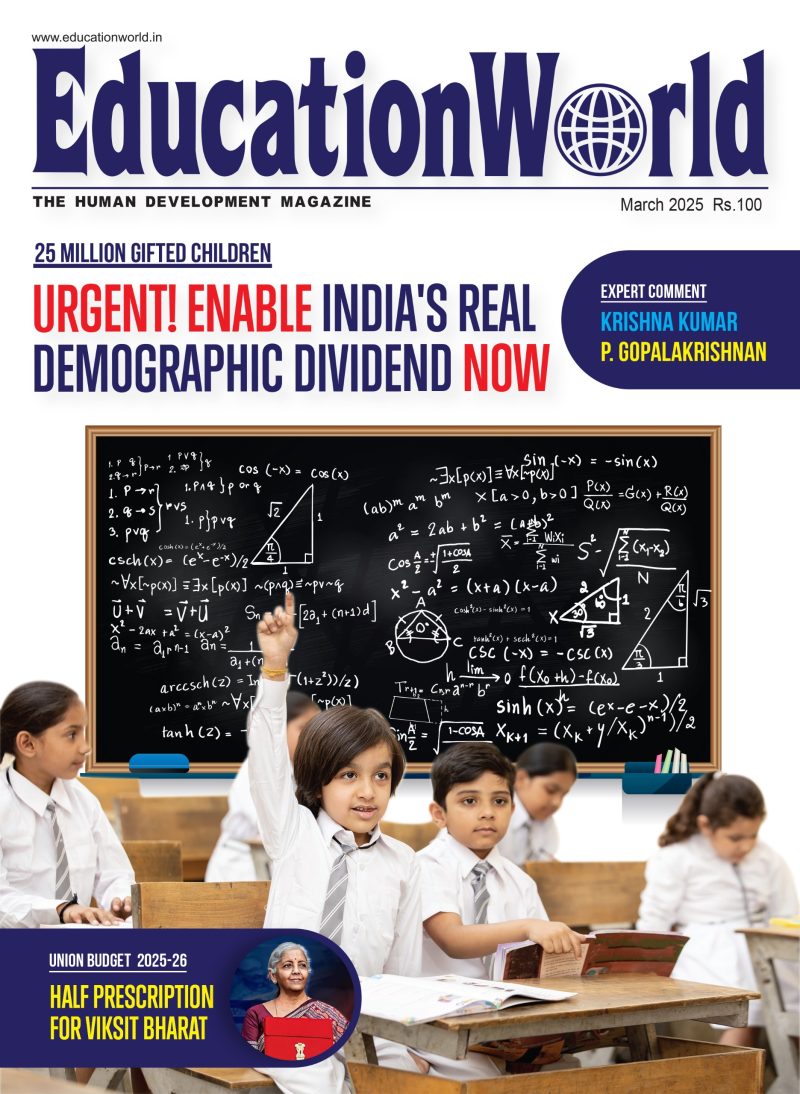A report released early last month (April) by the transnational accounting and corporate consultancy firm Ernst & Young and iMocha — billed as the world’s leading skills intelligence and skills assessment platform — titled Tech Skills Transformation — Navigating the Future of Work in 2025 and Beyond reveals a huge deficit of adequately technology skilled personnel beyond “traditional IT” in Indian industry. The report says a significant majority, or 81 percent of surveyed organisations acknowledged encountering shortages in “power user or developer” tech skills. Merely 19 percent of organisations reported having established a skill taxonomy.
Presumably, the companies surveyed covered a cross section of Indian companies including MSMEs (medium and small scale enterprises) which contribute 30 percent of GDP and employ over 40 percent of the 420 million personnel employed in Indian industry. This report should send alarm bells ringing in the grandly titled Union ministry of education, skills and entrepreneurship presided over with glacial calm by Dharmendra Pradhan, impervious to all calls for interview by this specialist publication for education and human resource development. Yet as the overtly manifest shabby construction and maintenance of the country’s expensive infrastructure — roads, bridges, railways, power plants and civic infrastructure — testifies, skilling generation next and upskilling the generation currently in employment — especially labour employed in MSMEs — needs to become an urgent national priority.
In his seminal book India’s China Challenge (2020), Ananth Krishnan, a China expert, recounts that because of sustained investment in primary and vocational education, China’s Town and Village Enterprises (TVEs) have played a major role in transforming our neighbour nation into the manufactures factory of the world. He recalls visiting a TVE sales exhibition “the size of ten football fields” thronged by traders from India purchasing everything from incense sticks and ganesha images to cast iron forgings and motor car accessories, and cramming them into giant steel containers for import into India. Small wonder that India’s bilateral trade deficit with China has crossed over $100 billion. Indeed without imports from China, Indian industry would be devastated.
Expectedly, the new National Education Policy (NEP) 2020 makes right noises about vocational education for children from young age. It recommends that children start learning a vocational skill from class VI. But it muddies this recommendation by making a populist, politically correct suggestion that they apprentice with rural artisans to acquire hands-on VET.
This is inadvisable because of poor education and continuous deprivation of modern tools and technology, rural artisans aren’t equipped to shape students and youth into technically competent, high productivity shopfloor and other workers that Indian industry — and agriculture —urgently needs. Twenty-first century India’s most pressing problem is not unemployment, it’s unemployability.


















